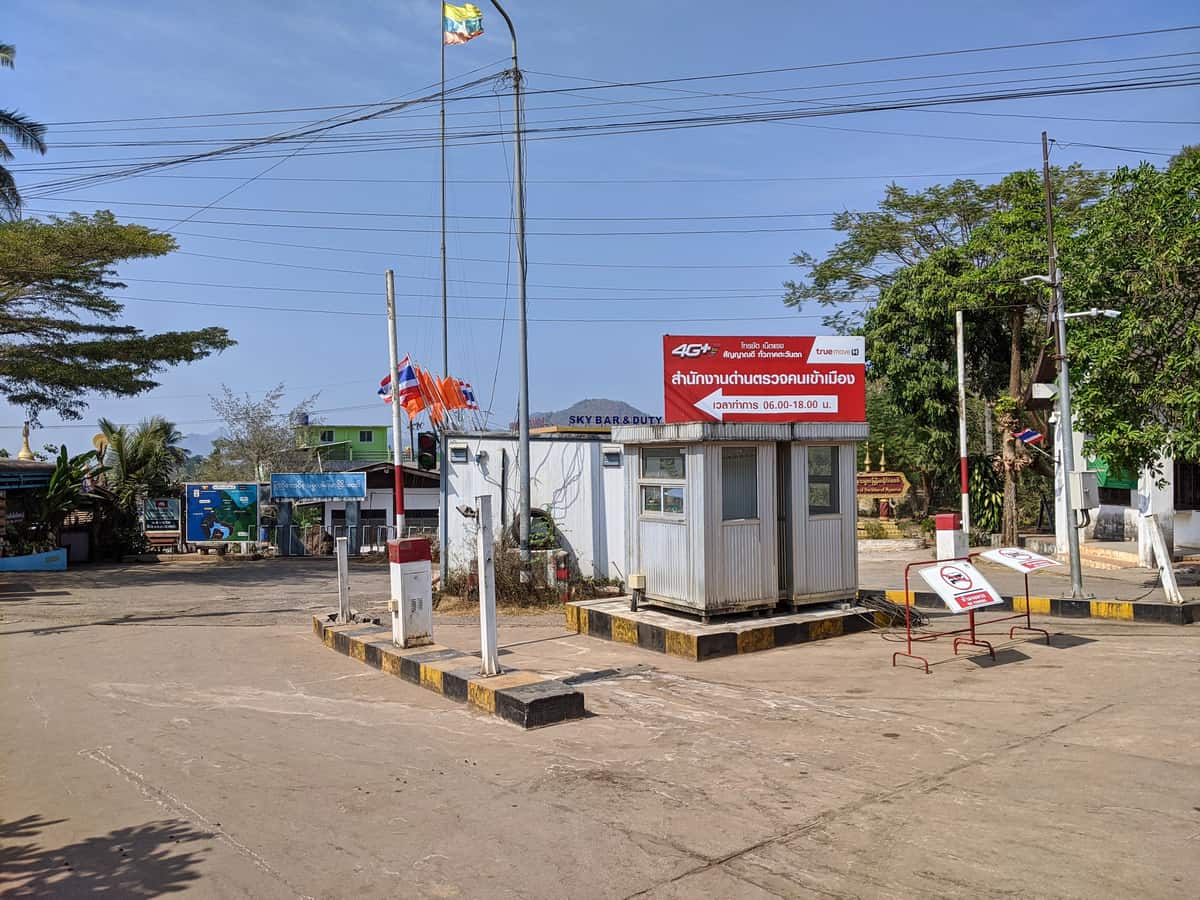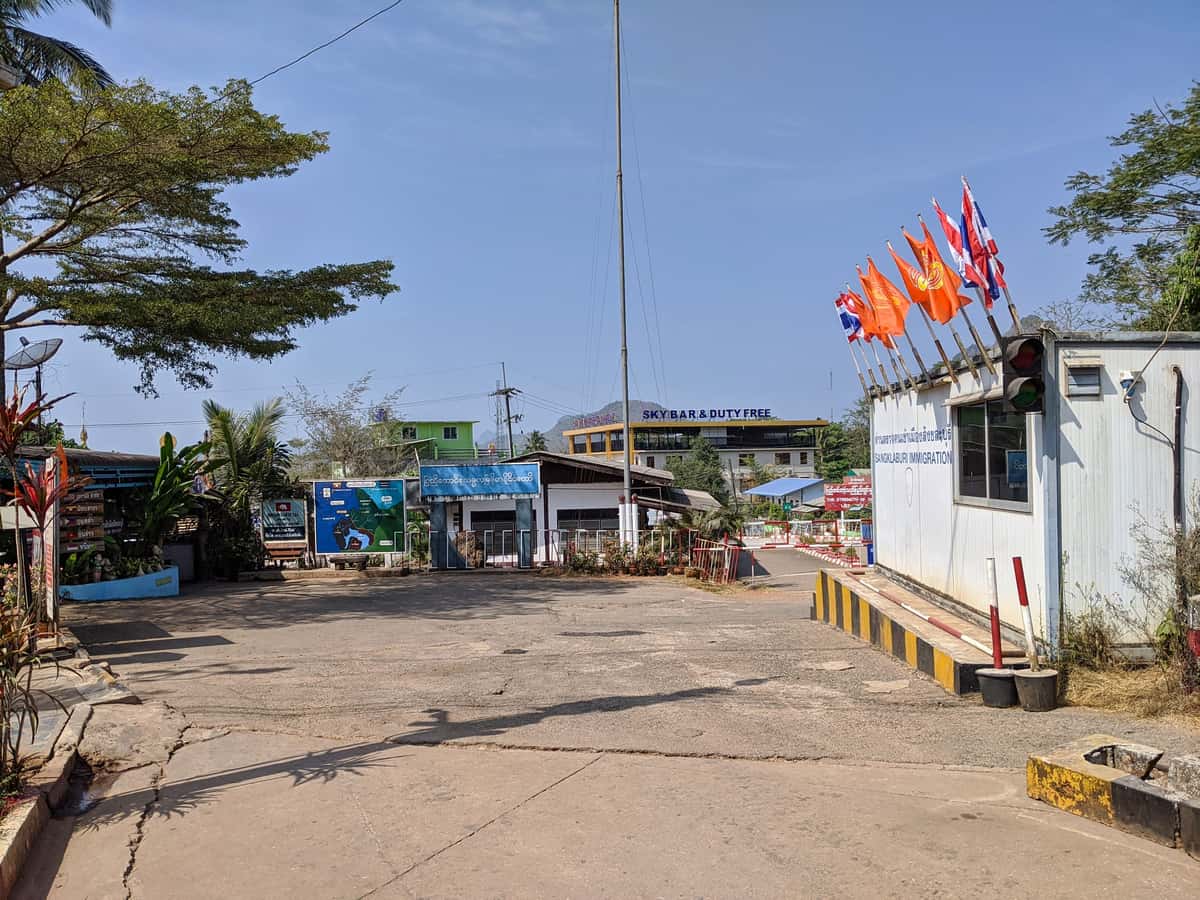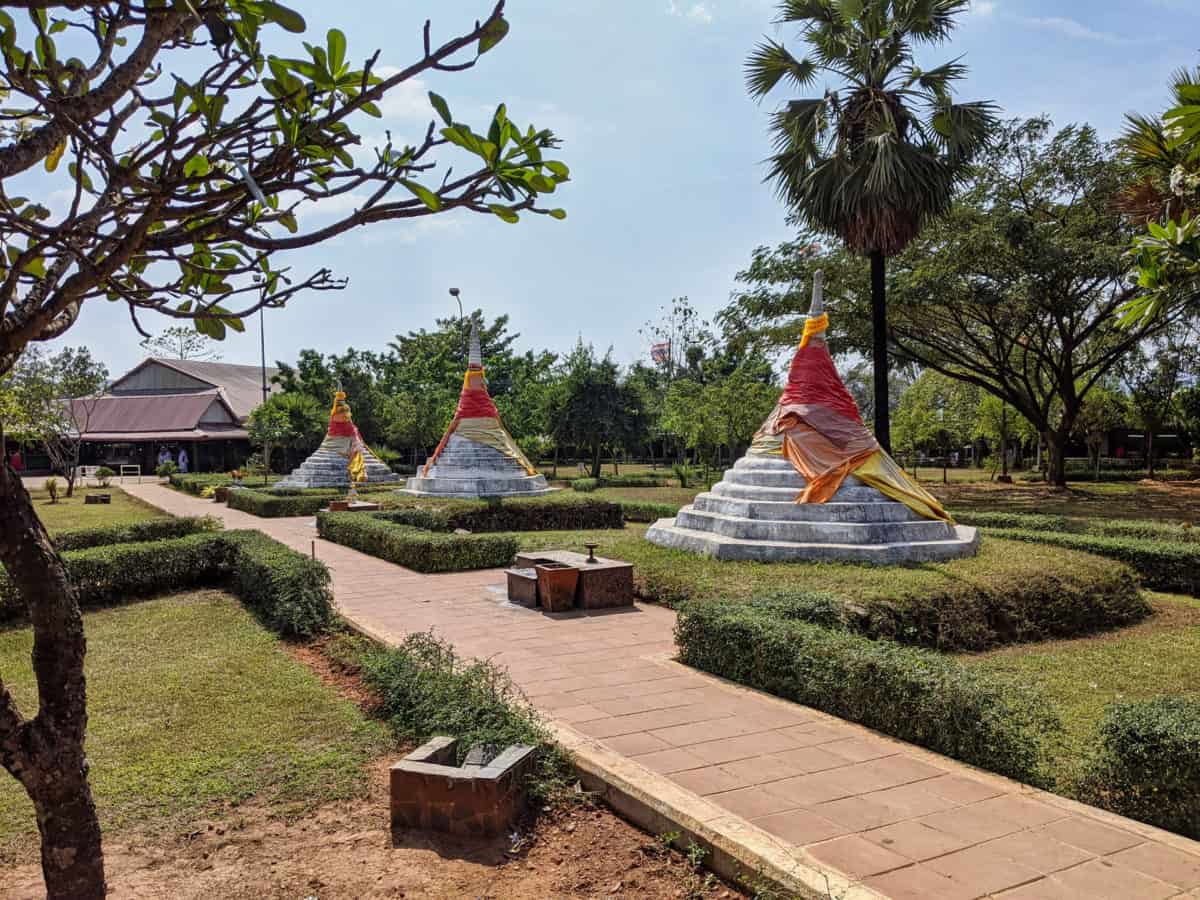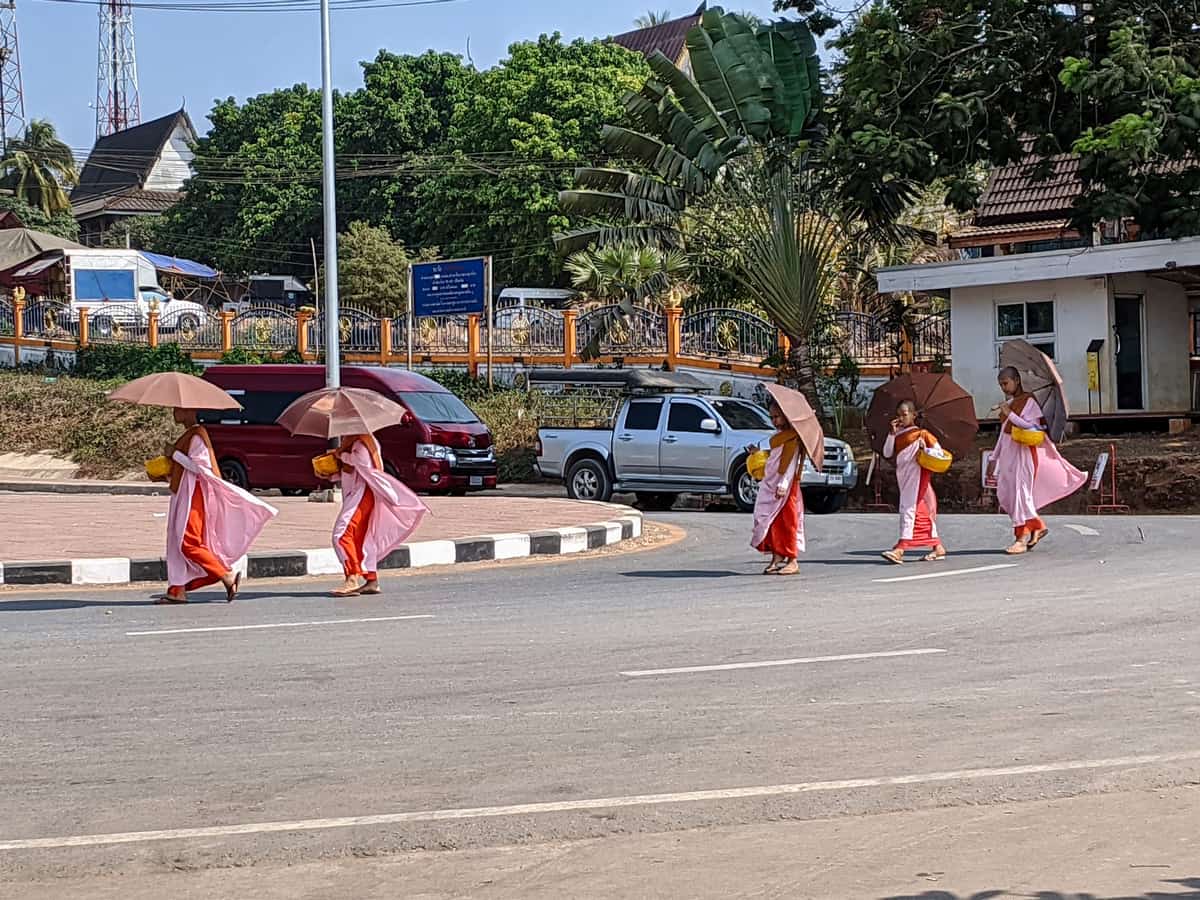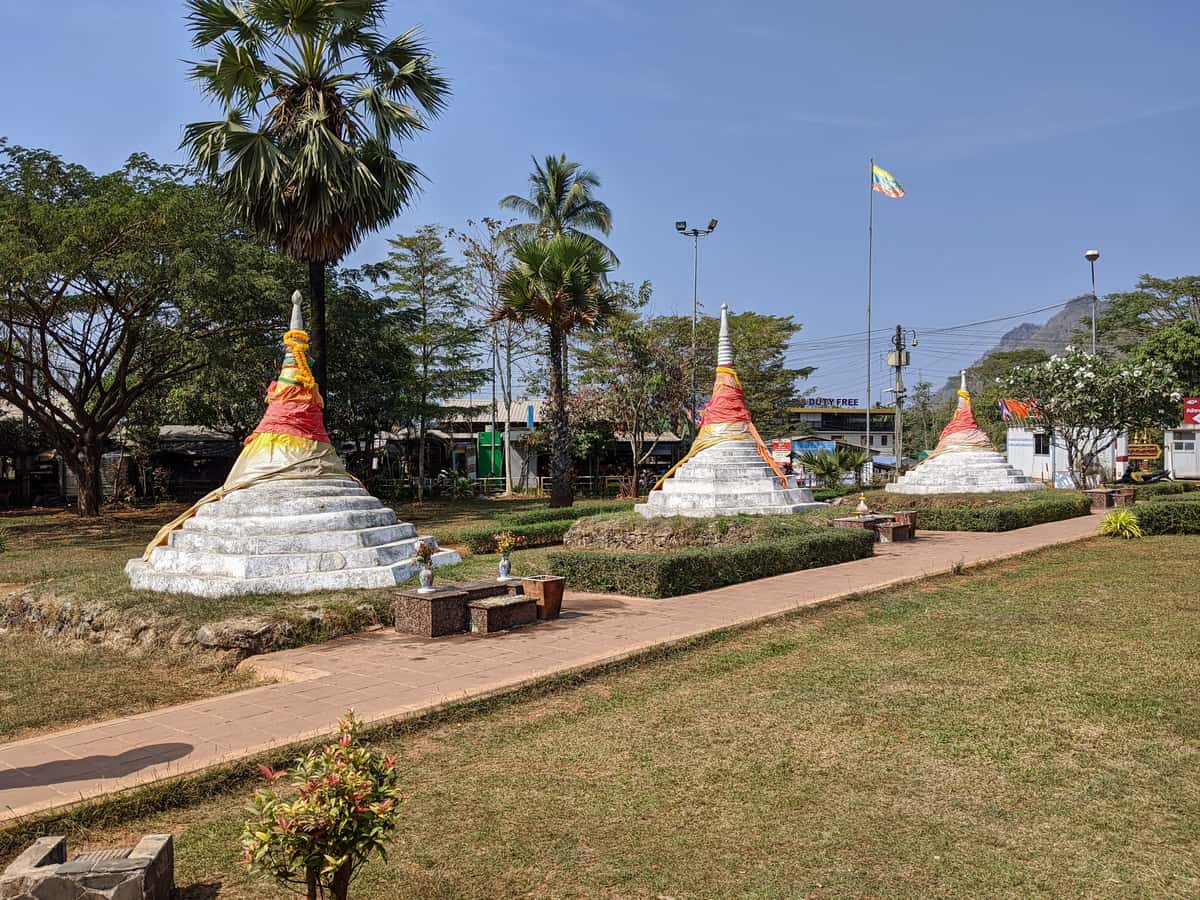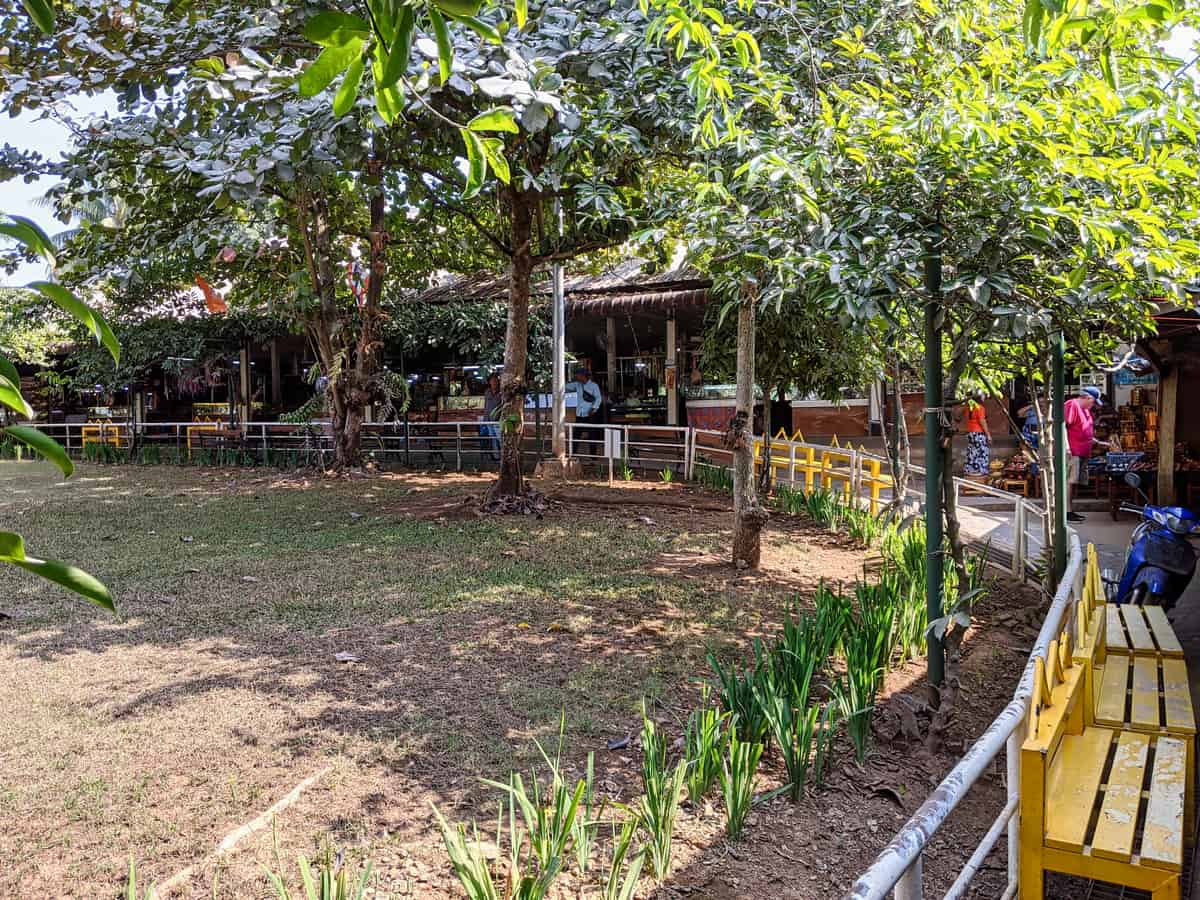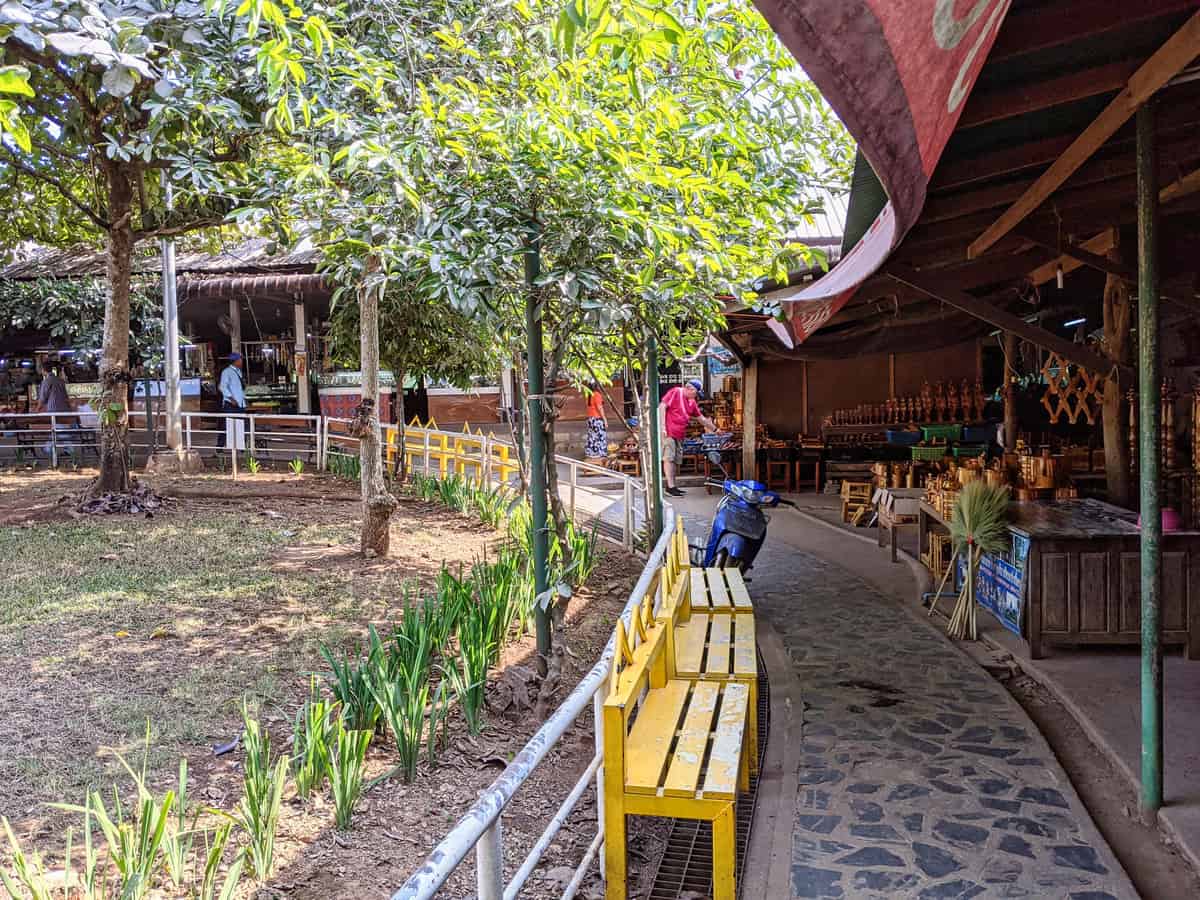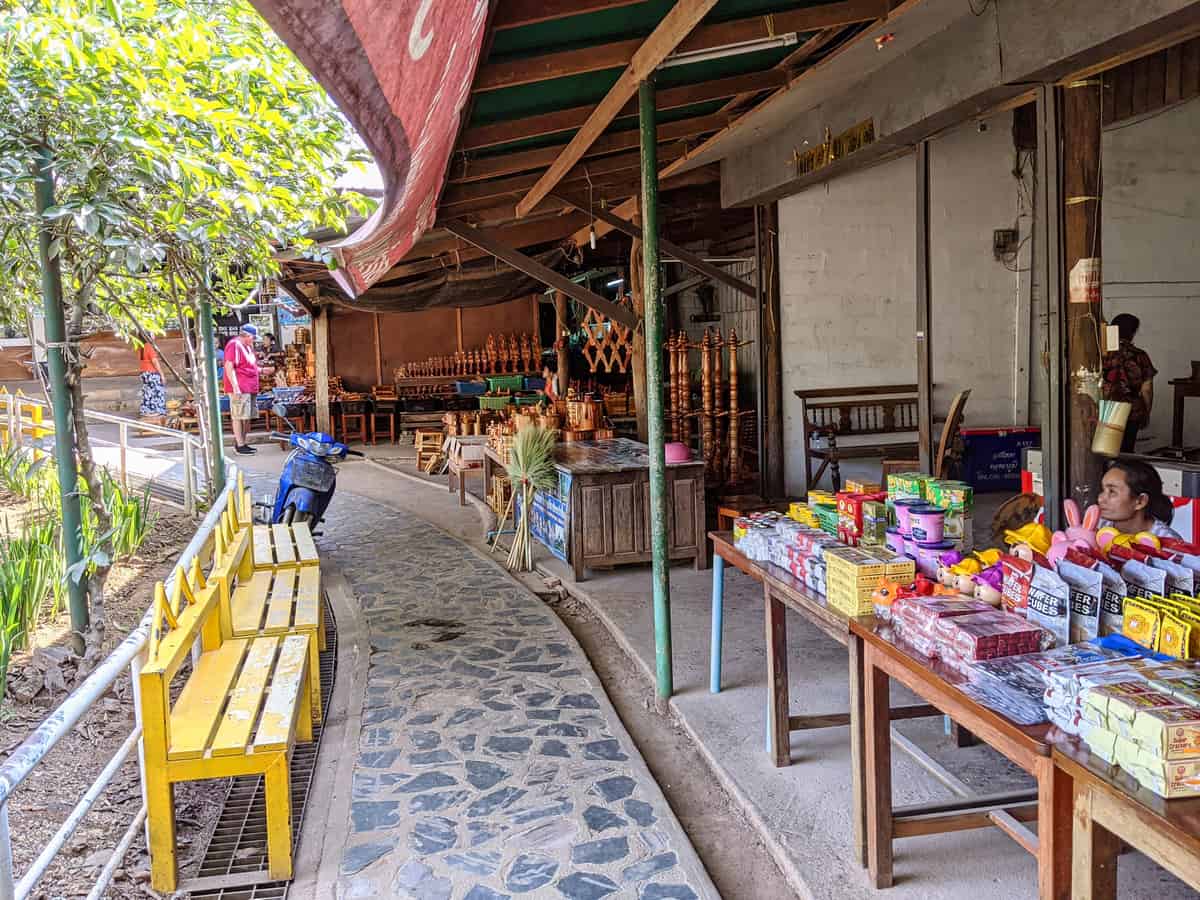Family Thailand Tour 2020
Sangkhla Buri | Thailand
06 Feb 2020 | Thu
Day 12 of 18
Three Pagodas Pass Sangkhla Buri
Three Pagodas Pass Sangkhla Buri is a border crossing between Thailand and Myanmar. The pass is named for the three pagodas that stand on the Myanmar side of the border. The pass at Three Pagodas Pass is thought to date back to the 3rd century.
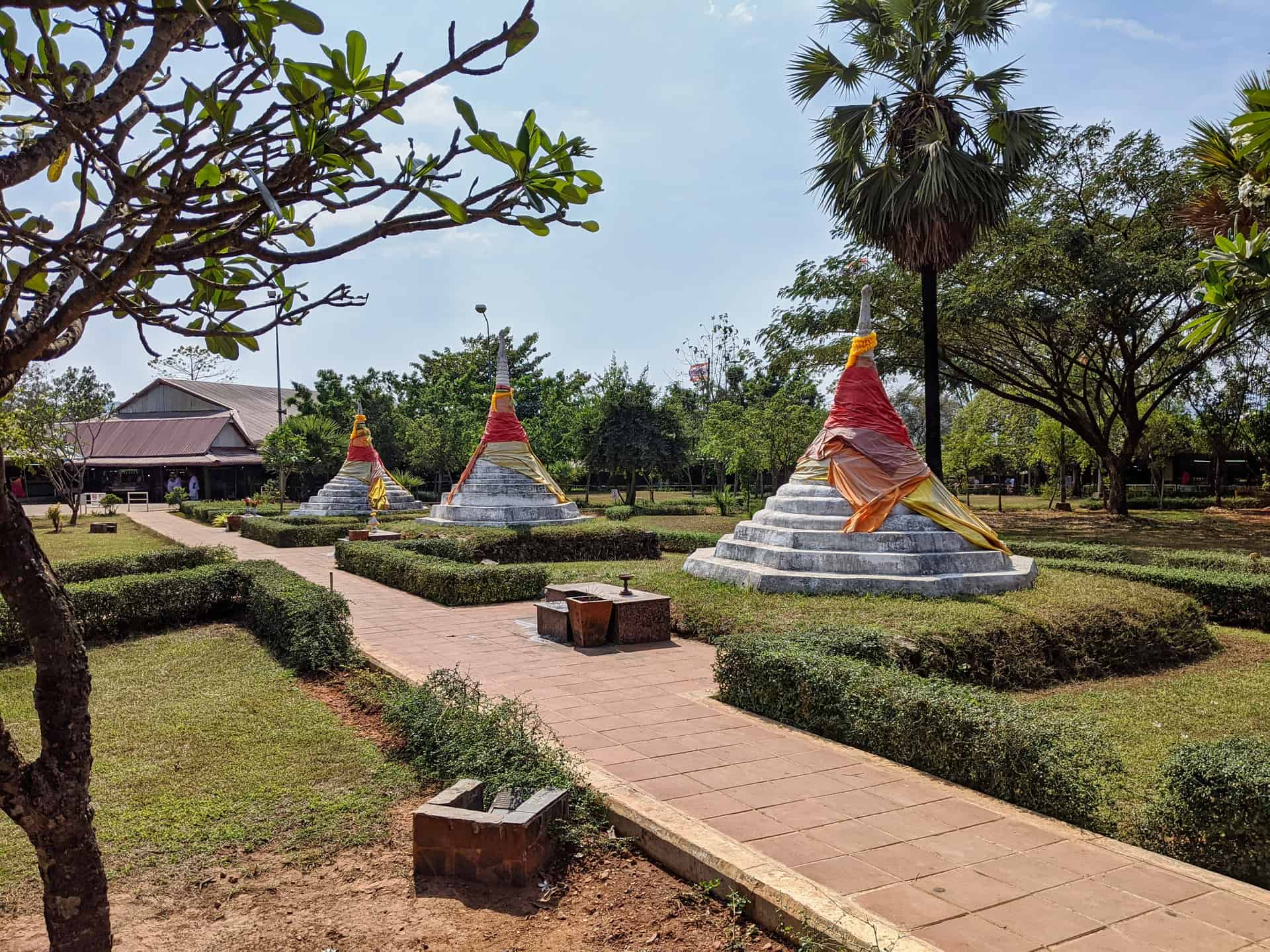
Travelers must have a valid passport and visa to enter Myanmar. There is a small market on the Thai side of the border, where travelers can buy snacks and souvenirs.
The Three Pagodas Pass Sangkhla Buri border crossing is a busy place, with many people coming and going between Thailand and Myanmar.
